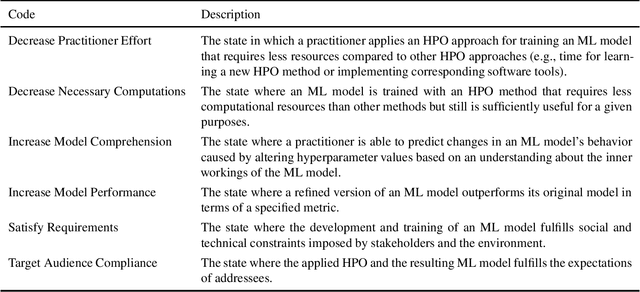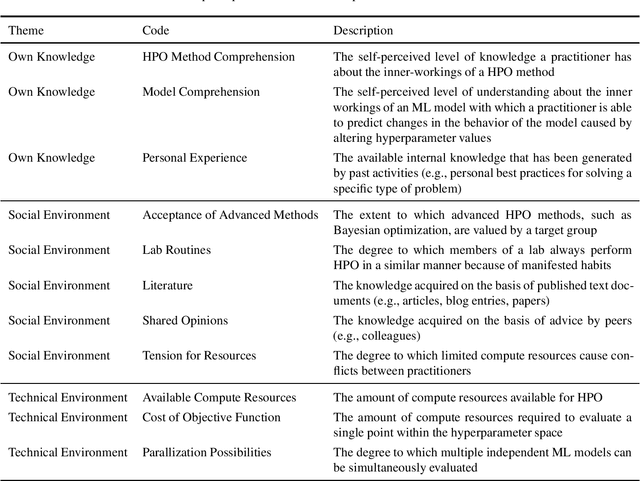Niclas Kannengießer
A Design Toolbox for the Development of Collaborative Distributed Machine Learning Systems
Oct 12, 2023Abstract:To leverage data for the sufficient training of machine learning (ML) models from multiple parties in a confidentiality-preserving way, various collaborative distributed ML (CDML) system designs have been developed, for example, to perform assisted learning, federated learning, and split learning. CDML system designs show different traits, including high agent autonomy, ML model confidentiality, and fault tolerance. Facing a wide variety of CDML system designs with different traits, it is difficult for developers to design CDML systems with traits that match use case requirements in a targeted way. However, inappropriate CDML system designs may result in CDML systems failing their envisioned purposes. We developed a CDML design toolbox that can guide the development of CDML systems. Based on the CDML design toolbox, we present CDML system archetypes with distinct key traits that can support the design of CDML systems to meet use case requirements.
Why Do Machine Learning Practitioners Still Use Manual Tuning? A Qualitative Study
Mar 03, 2022



Abstract:Current advanced hyperparameter optimization (HPO) methods, such as Bayesian optimization, have high sampling efficiency and facilitate replicability. Nonetheless, machine learning (ML) practitioners (e.g., engineers, scientists) mostly apply less advanced HPO methods, which can increase resource consumption during HPO or lead to underoptimized ML models. Therefore, we suspect that practitioners choose their HPO method to achieve different goals, such as decrease practitioner effort and target audience compliance. To develop HPO methods that align with such goals, the reasons why practitioners decide for specific HPO methods must be unveiled and thoroughly understood. Because qualitative research is most suitable to uncover such reasons and find potential explanations for them, we conducted semi-structured interviews to explain why practitioners choose different HPO methods. The interviews revealed six principal practitioner goals (e.g., increasing model comprehension), and eleven key factors that impact decisions for HPO methods (e.g., available computing resources). We deepen the understanding about why practitioners decide for different HPO methods and outline recommendations for improvements of HPO methods by aligning them with practitioner goals.
 Add to Chrome
Add to Chrome Add to Firefox
Add to Firefox Add to Edge
Add to Edge